Kengo Kuma on the cultural perspectives of Japanese furniture
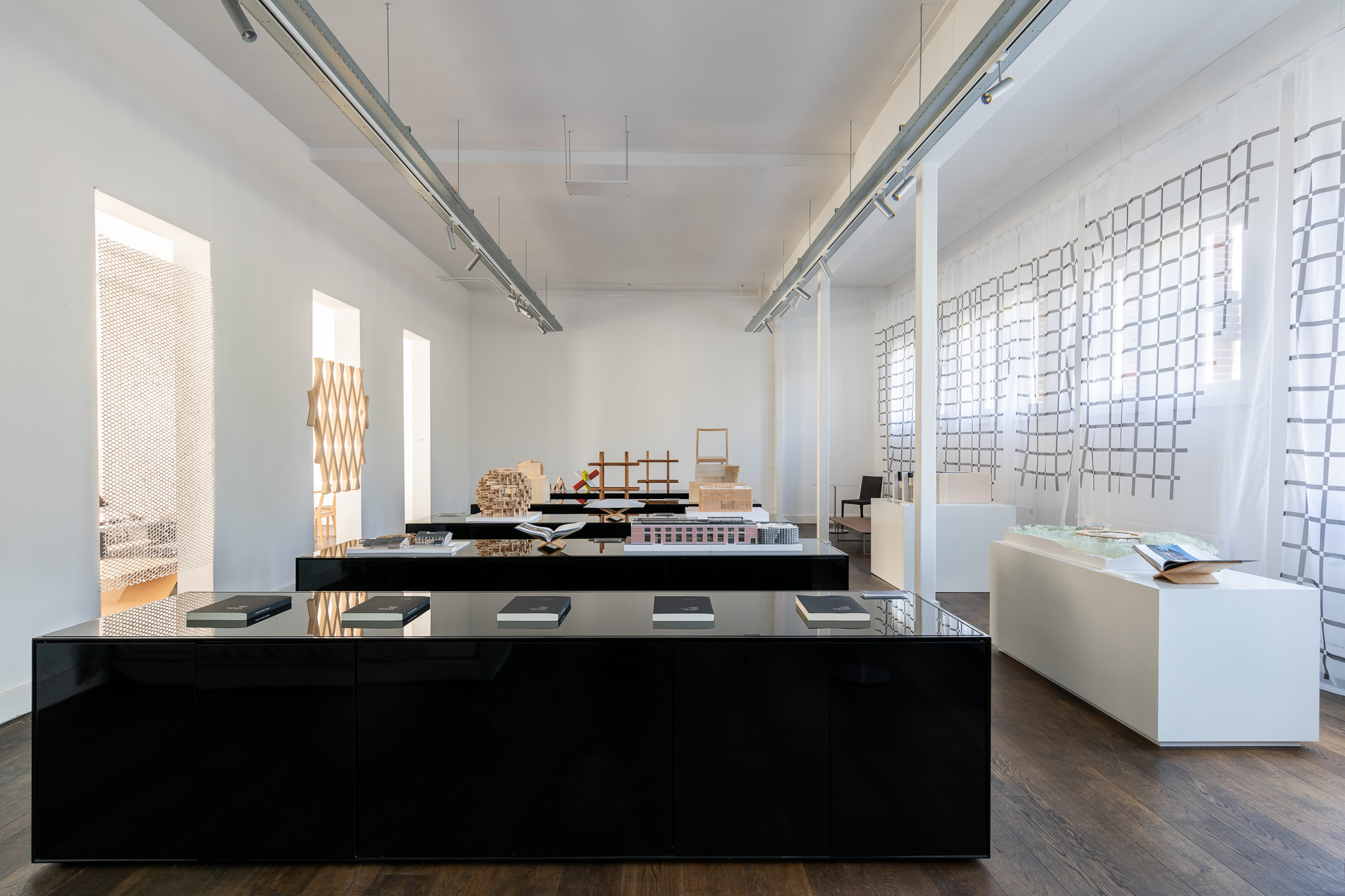
In contrast to Western culture, furniture does not have much of a presence in traditional Japanese architecture and is extremely understated. At a recent exhibition jointly curated by Kengo Kuma and his long-term collaborator Time & Style, held in the manufacturer’s Amsterdam showroom, the architect explains, ‘The transparent nature of traditional Japanese architecture avoids heavy walls and uses slim pillars to support roofs, under which is an open-plan space. Paper-covered sliding windows called shoji act as walls, and even then these are often left open. Similarly, thin sliding doors divide interior spaces.’
Bringing large objects into such spaces would destroy the ambience and also the natural ventilation. From a cultural perspective, the Japanese traditionally sit directly on a tatami (a type of mat used as a flooring material) or on thin cushions called zabuton, and dine on small, low, single-person, tray-like tables called meimeizen. So ‘chair’ and ‘table’ in the conventional Western sense are not necessary to begin with and instead the Japanese opt for sophisticated, minimalist – and small-scale – furniture.
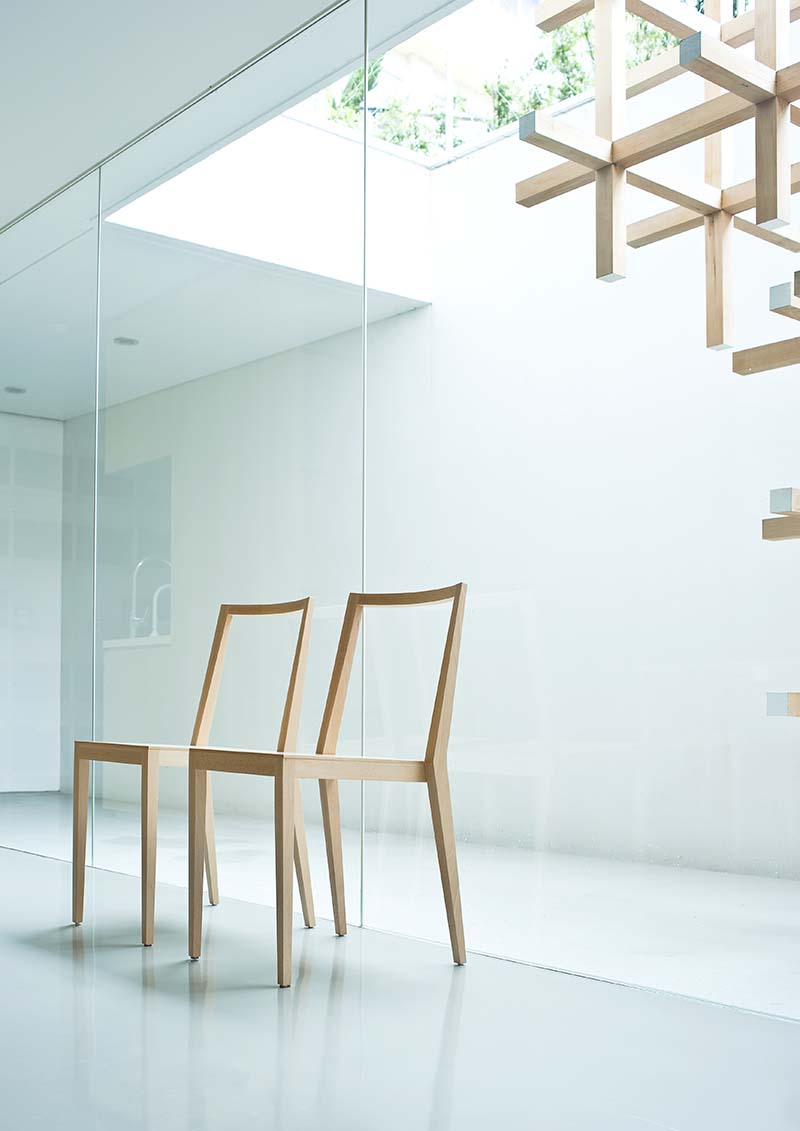
GC Chair for GC Prostho Museum Research Center, Japan
The conversation between Kuma and Time & Style began ten years ago, when the architect was designing the Nezu Museum in Minato City in Tokyo. ‘It surprised me that such a garden still existed in the very centre of the metropolis. So, the point was how to create a museum that would do justice to the lush greenery. My intention was to make the building and its furniture as light as a breeze, where people could feel the nature from the inside,’ recalls Kuma. The resulting NC chair illustrates the simplest form a chair could have – the backrest of the thin, flat seat has a graceful curve and the inside of the four thin legs are chamfered to accentuate the chair’s softness. The structural challenges of such delicate fabric were overcome by the artisans using Japanese traditional joinery techniques that build strength within the material.
The design of the GC Prostho Museum and Research Center in Aichi Prefecture was inspired by cidori, an old Japanese toy made of wooden sticks, and built with 6,000 pieces of cypress wood using joinery skills to create a space encased in three-dimensional wooden open grids. The accompanying stackable wooden GC chair follows the same philosophy of lightweight design with just one crest rail. ‘I want my design to be light and delicate. Such elegant pieces are content to play a supporting role and never attempt to steal the spotlight. The starring roles are performed by our human bodies or by the food or drinks we place on the table. To respect and complement these living entities, furniture should be as understated as possible,’ says Kuma.
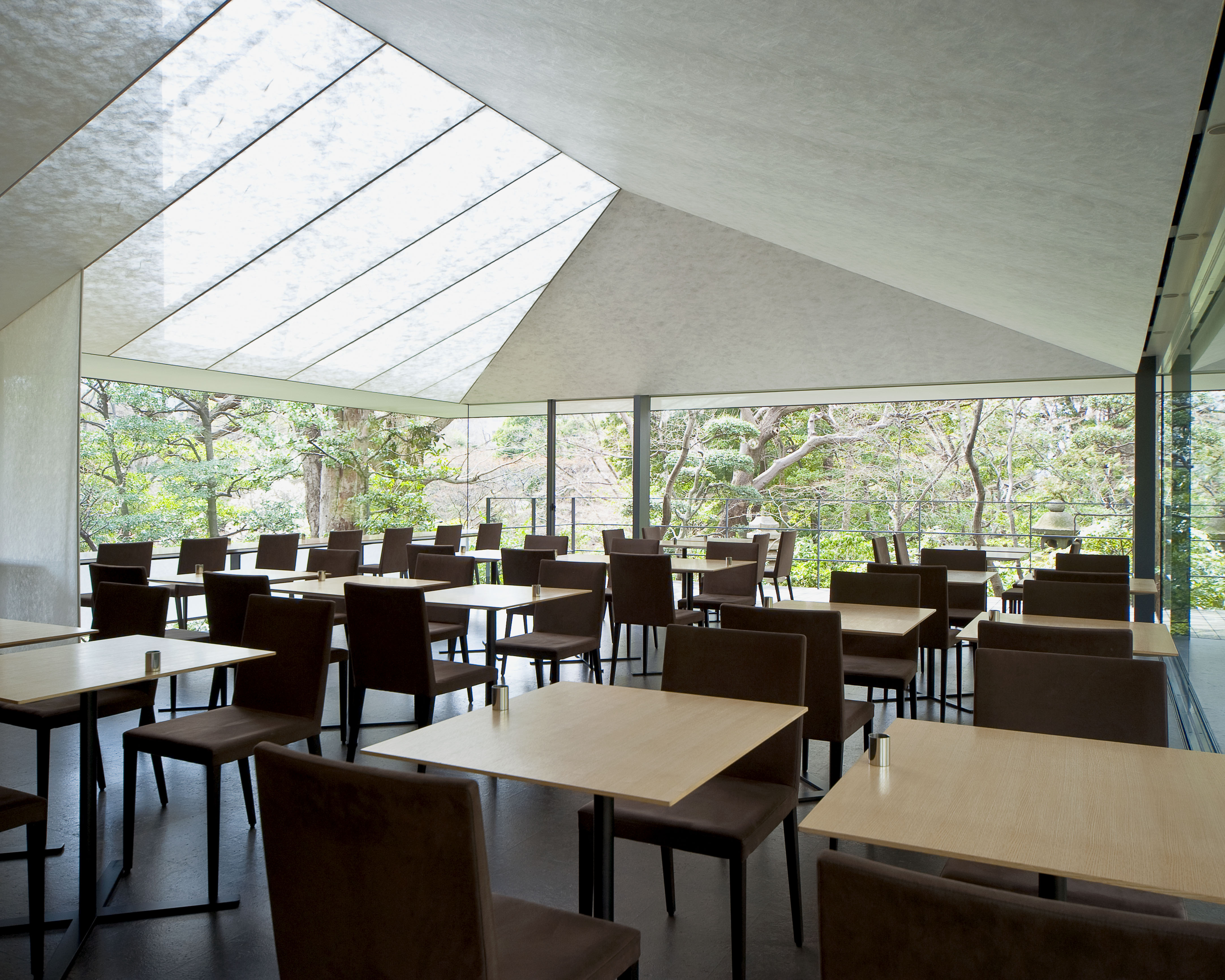
NC Chair for Nezu Museum, Japan
The FU sofa is a contemporary manifestation of the traditional zabuton. ‘A conventional sofa is usually made of a box-shaped base covered in fabric. This gives it an unnatural volume compared to zabuton. Since my childhood, I’ve had zabuton cushions that could support the entire body with their softness and I wanted to bring that sensitivity into contemporary furniture,’ he adds. The same thinking is evident in the MA sofa, in the shape of a rolled-up shikibuton (Japanese traditional mattress) that was originally designed for the private villa owned by the Whitestone Gallery, which sits on slope in a forest overlooking Mount Asama in Nagano. ‘If we start to be particular about a zabuton, we need to consider the hardness of the inner cushion and variations in the fabrics for each season. However, I felt that the most important part was the stitching on the edge in the same way as we choose our clothing.’
Kuma’s continuous exploration and reinterpretation of traditional lifestyle, values and craftsmanship pave the way for contemporary Japanese furniture to be appreciated internationally. ‘My objective is to design modern furniture as an extension of the innovations in traditional Japanese furniture that have been honed over the centuries. I believe that people today need furniture of this nature and modern transparent spaces.’
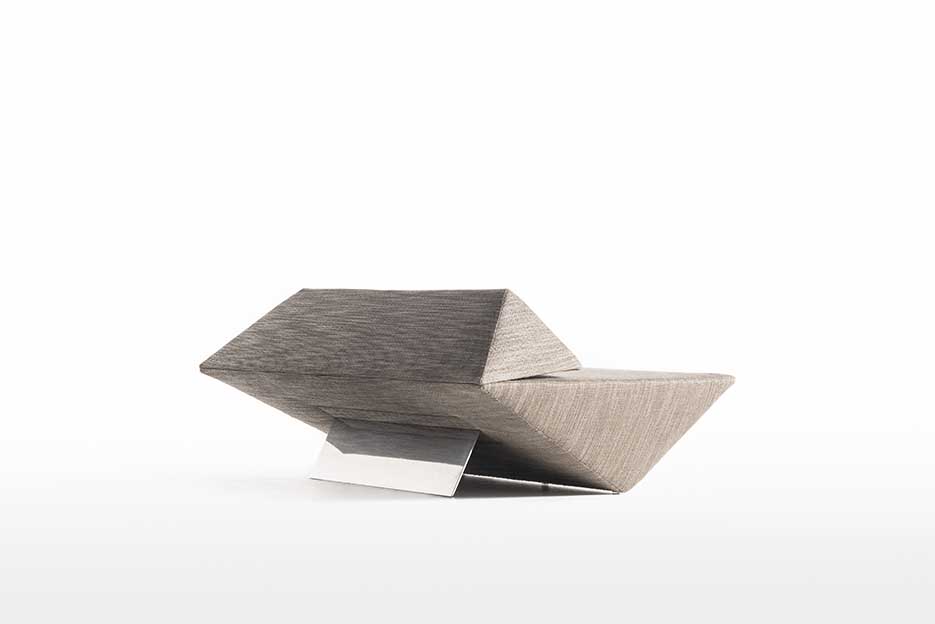
KA Sofa for Narita Rehabilitation Hospital, Japan
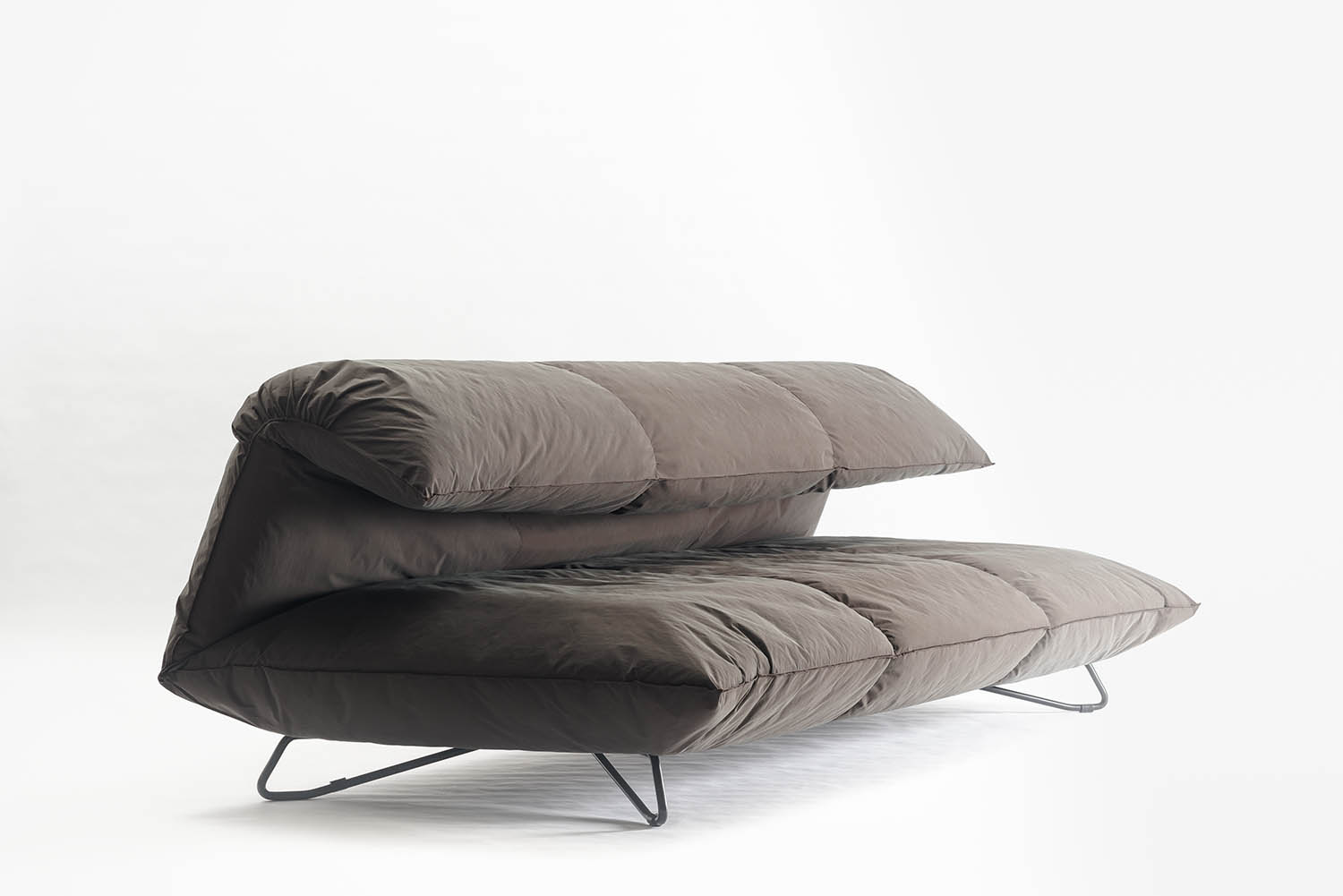
MA Sofa for Roof/Birds, Japan
INFORMATION
ADDRESS
Marnixstraat 148, 1016 TE Amsterdam, Netherlands
Wallpaper* Newsletter
Receive our daily digest of inspiration, escapism and design stories from around the world direct to your inbox.
Yoko Choy is the China editor at Wallpaper* magazine, where she has contributed for over a decade. Her work has also been featured in numerous Chinese and international publications. As a creative and communications consultant, Yoko has worked with renowned institutions such as Art Basel and Beijing Design Week, as well as brands such as Hermès and Assouline. With dual bases in Hong Kong and Amsterdam, Yoko is an active participant in design awards judging panels and conferences, where she shares her mission of promoting cross-cultural exchange and translating insights from both the Eastern and Western worlds into a common creative language. Yoko is currently working on several exciting projects, including a sustainable lifestyle concept and a book on Chinese contemporary design.
-
 Put these emerging artists on your radar
Put these emerging artists on your radarThis crop of six new talents is poised to shake up the art world. Get to know them now
By Tianna Williams
-
 Dining at Pyrá feels like a Mediterranean kiss on both cheeks
Dining at Pyrá feels like a Mediterranean kiss on both cheeksDesigned by House of Dré, this Lonsdale Road addition dishes up an enticing fusion of Greek and Spanish cooking
By Sofia de la Cruz
-
 Creased, crumpled: S/S 2025 menswear is about clothes that have ‘lived a life’
Creased, crumpled: S/S 2025 menswear is about clothes that have ‘lived a life’The S/S 2025 menswear collections see designers embrace the creased and the crumpled, conjuring a mood of laidback languor that ran through the season – captured here by photographer Steve Harnacke and stylist Nicola Neri for Wallpaper*
By Jack Moss
-
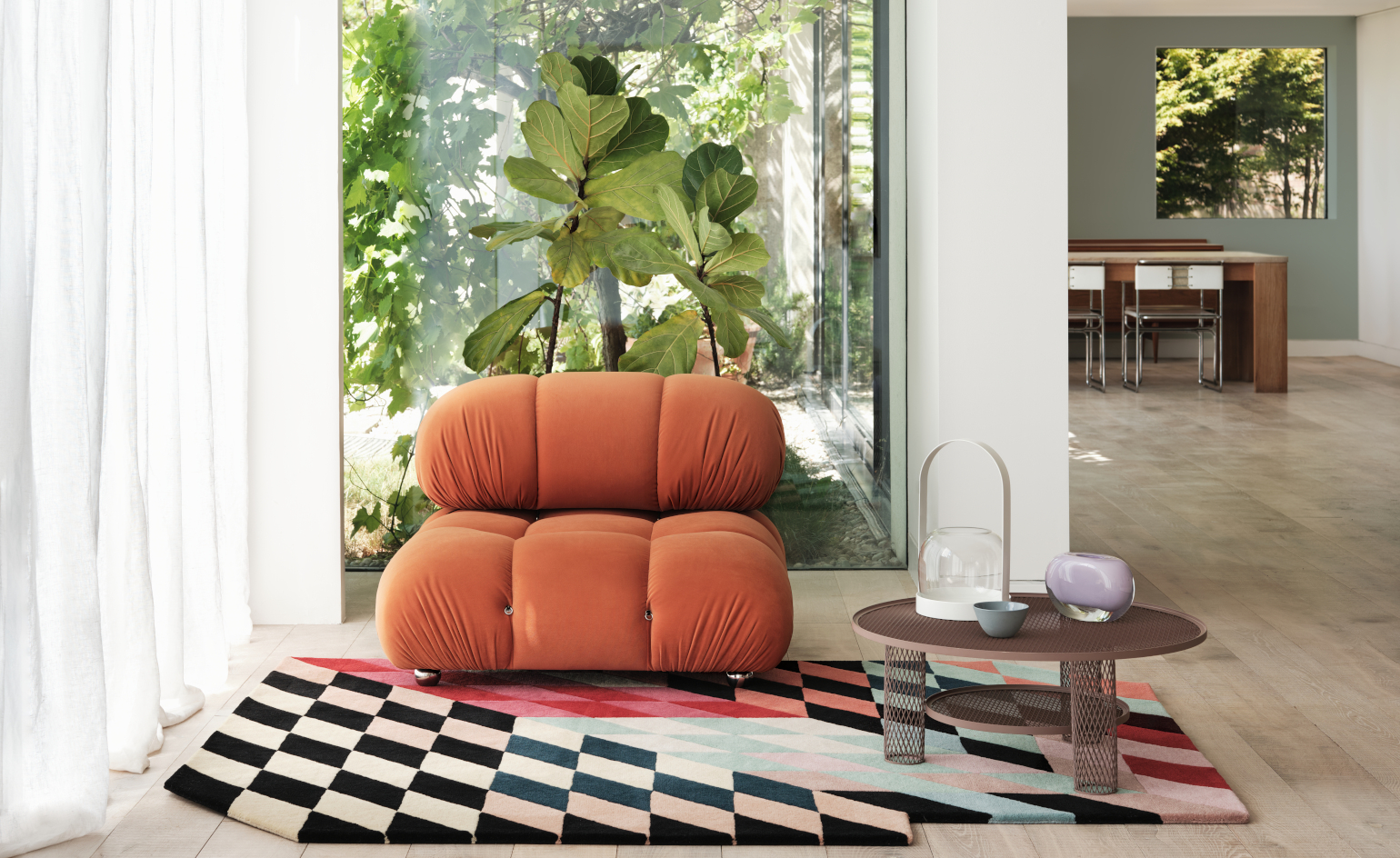 This new rug release from Floor Story is causing a cosmic eclipse
This new rug release from Floor Story is causing a cosmic eclipseKangan Arora and Floor Story have designed ten otherworldly illusions of form and tone – the ‘Cosmic Check’ and ‘Falling Shadows’ rug collections
By Martha Elliott
-
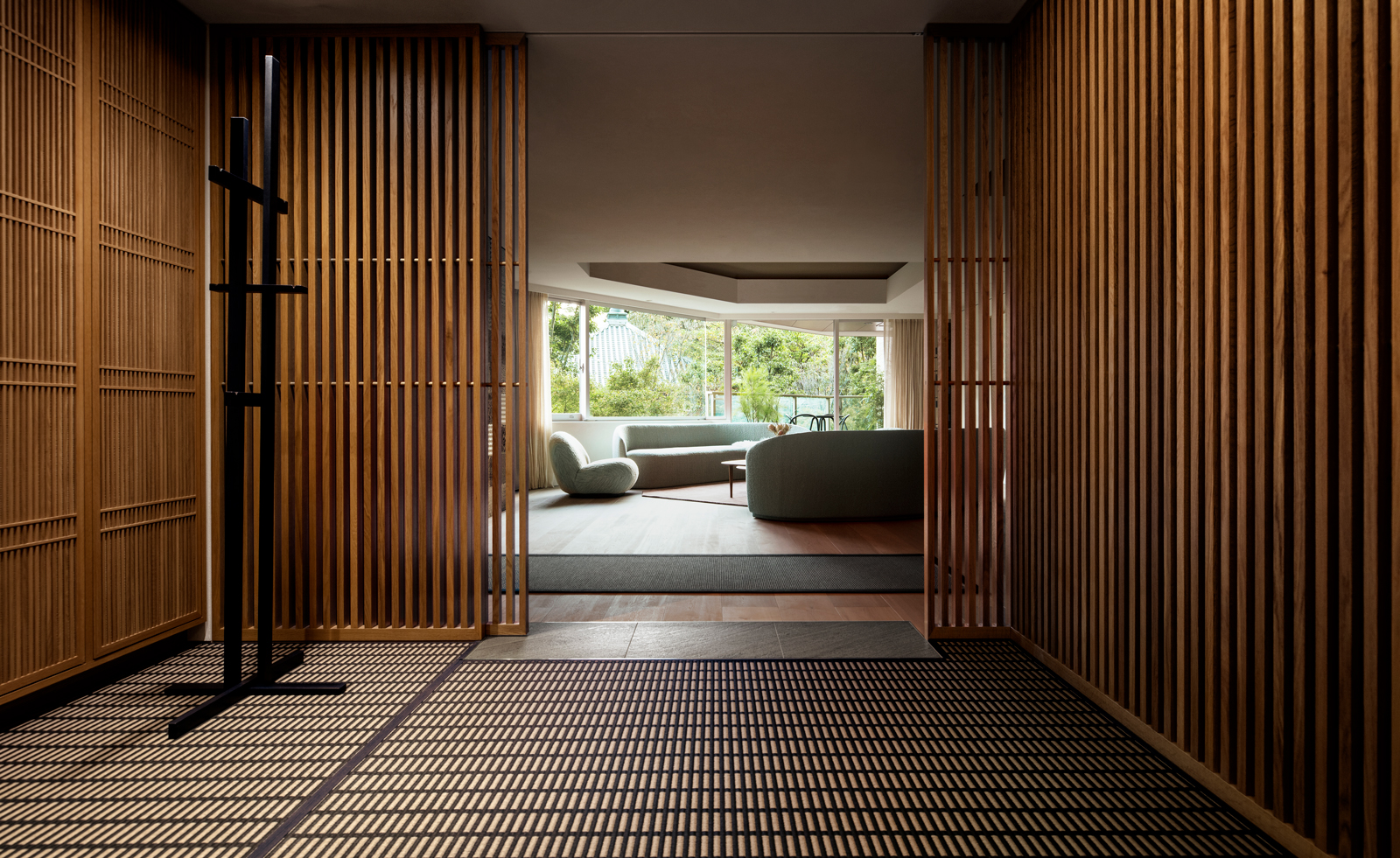 Scandinavian design meets Japanese heritage in OEO Studio’s Tokyo apartment
Scandinavian design meets Japanese heritage in OEO Studio’s Tokyo apartmentOEO Studio has collaborated with Japanese property developer ReBita on a luxury new apartment at Tokyo’s Opus Arisugawa Terrace & Residence
By Hannah Silver
-
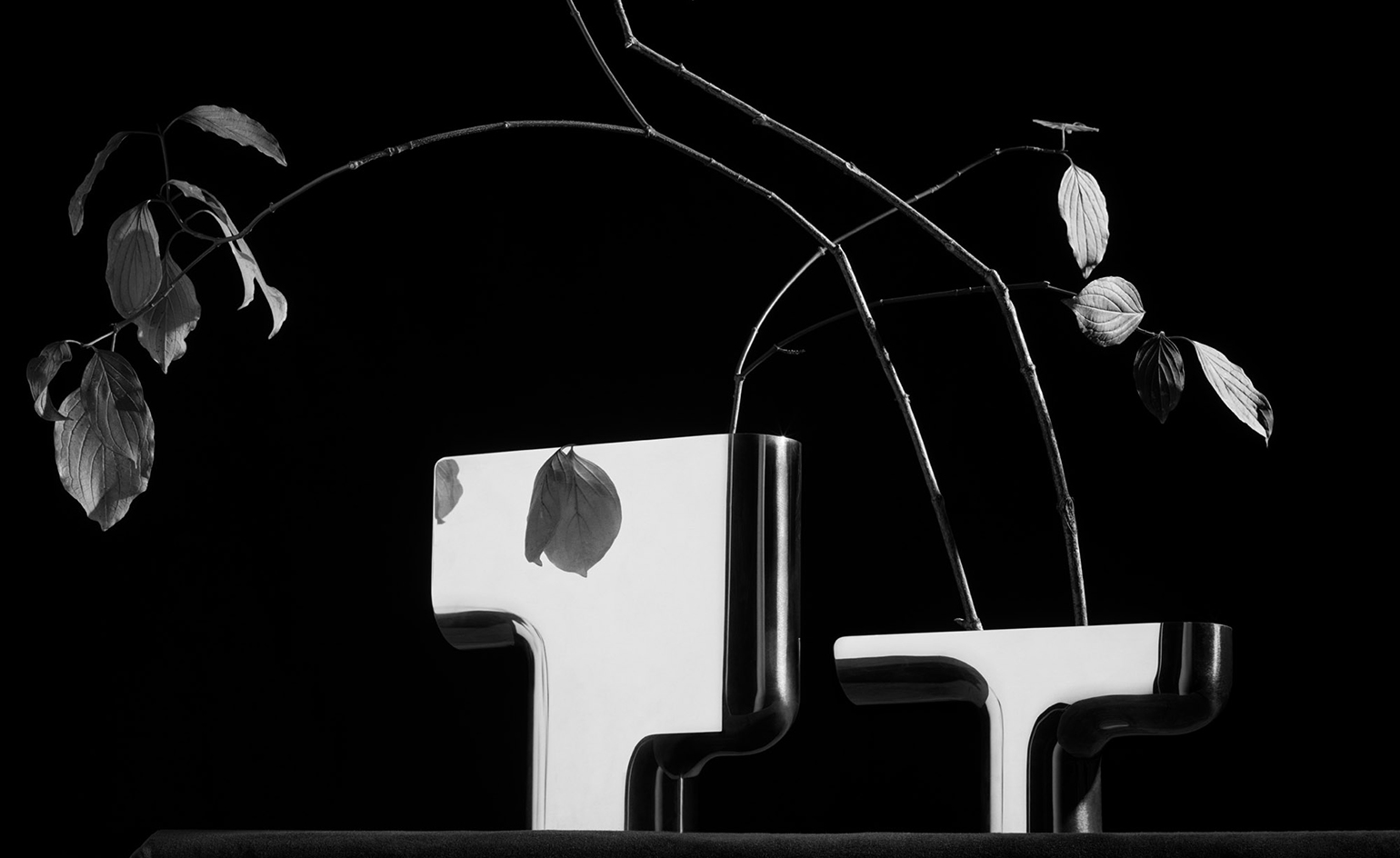 Nendo and Georg Jensen create silver vases inspired by nature
Nendo and Georg Jensen create silver vases inspired by natureJapanese design studio Nendo and Danish silversmith Georg Jensen create a set of three silver vases that combine organic forms and minimalist aesthetics
By Mary Cleary
-
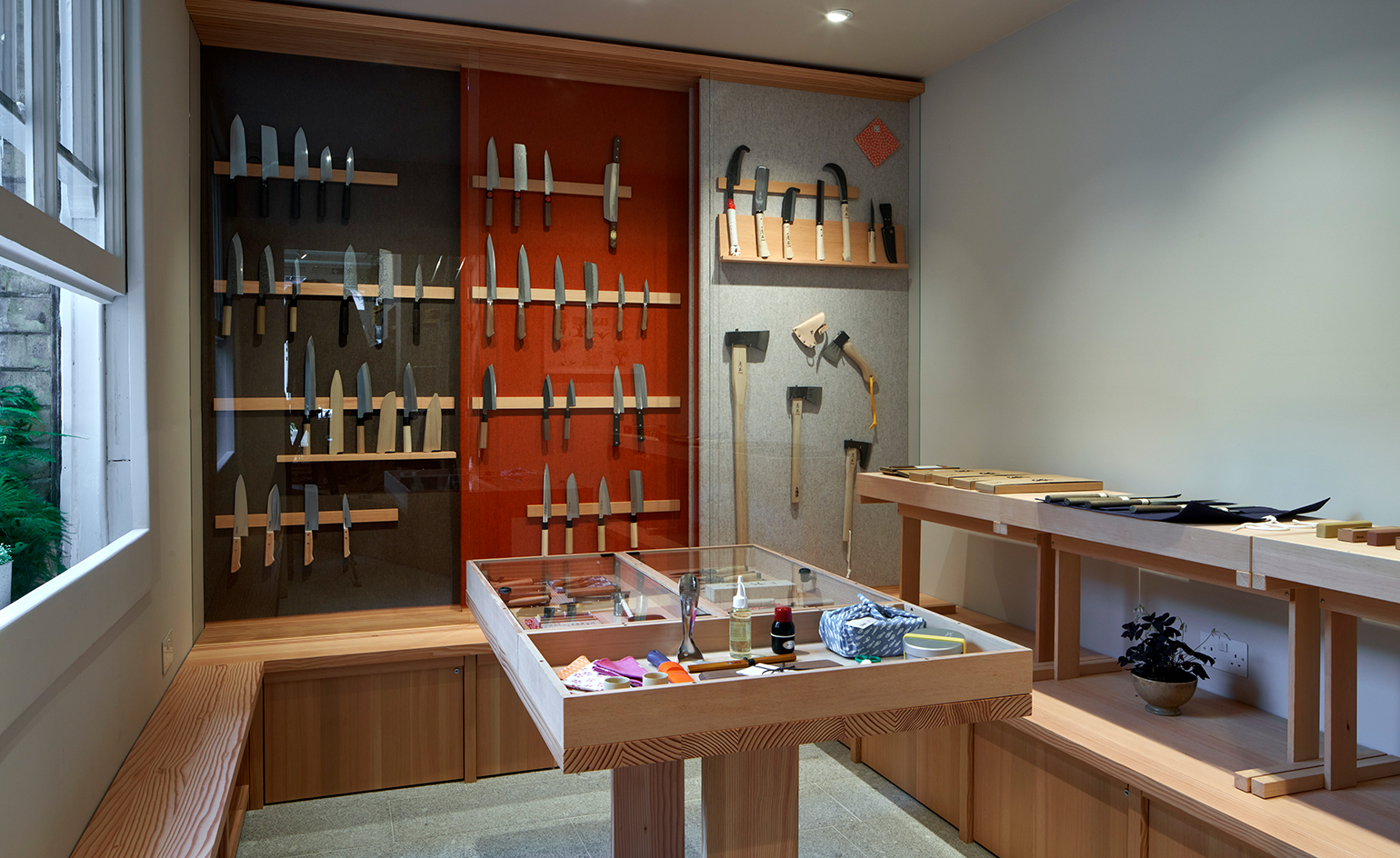 Niwaki is a new outlet for Japan’s most innovative tools
Niwaki is a new outlet for Japan’s most innovative toolsNew London store Niwaki sells exquisitely crafted Japanese gardening tools and workwear
By Mary Cleary
-
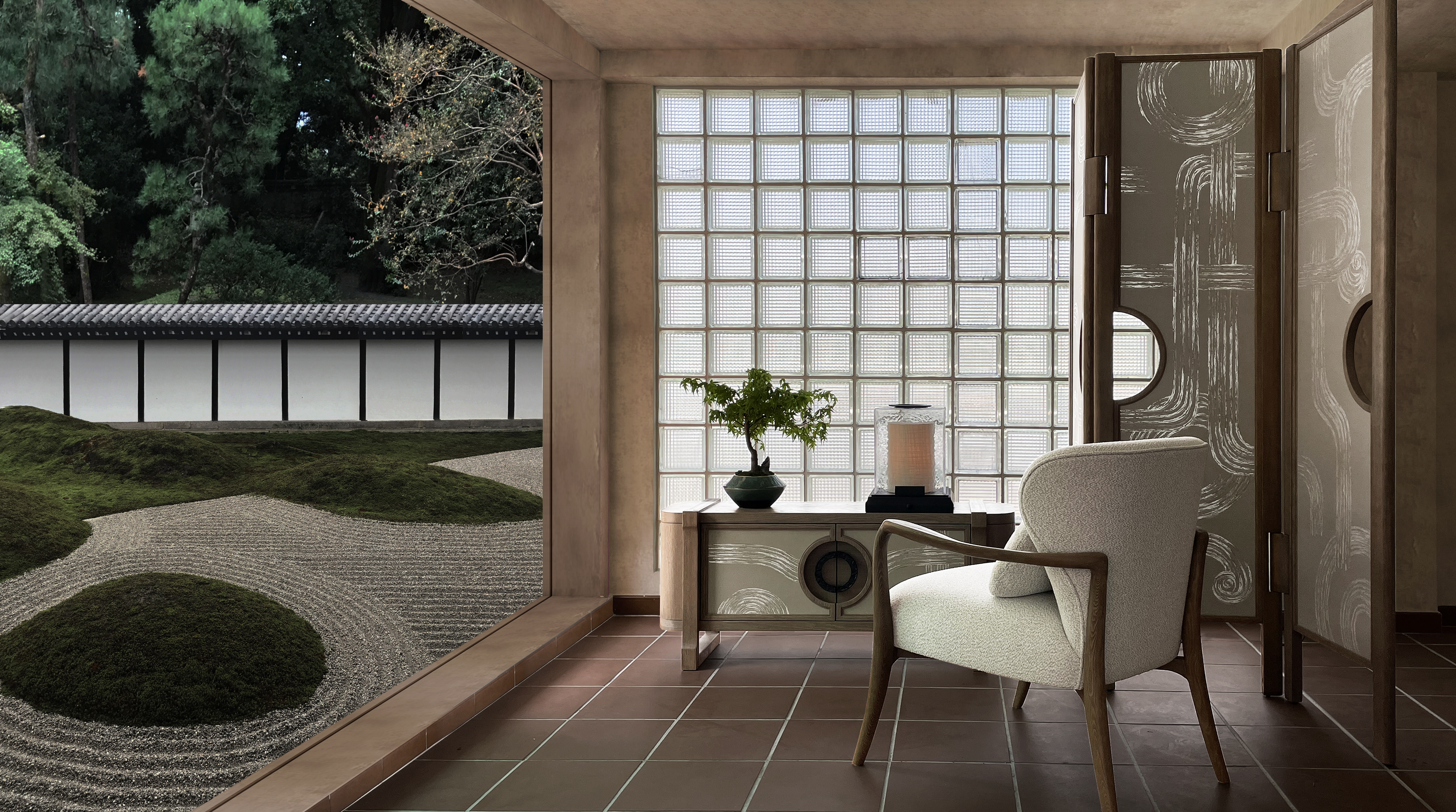 André Fu’s new furniture is inspired by Japanese gardens
André Fu’s new furniture is inspired by Japanese gardensAndré Fu Living’s Art Deco Garden is a collection of furniture, objects, wallcoverings and homeware inspired by Zen gardens and Art Deco
By Rosa Bertoli
-
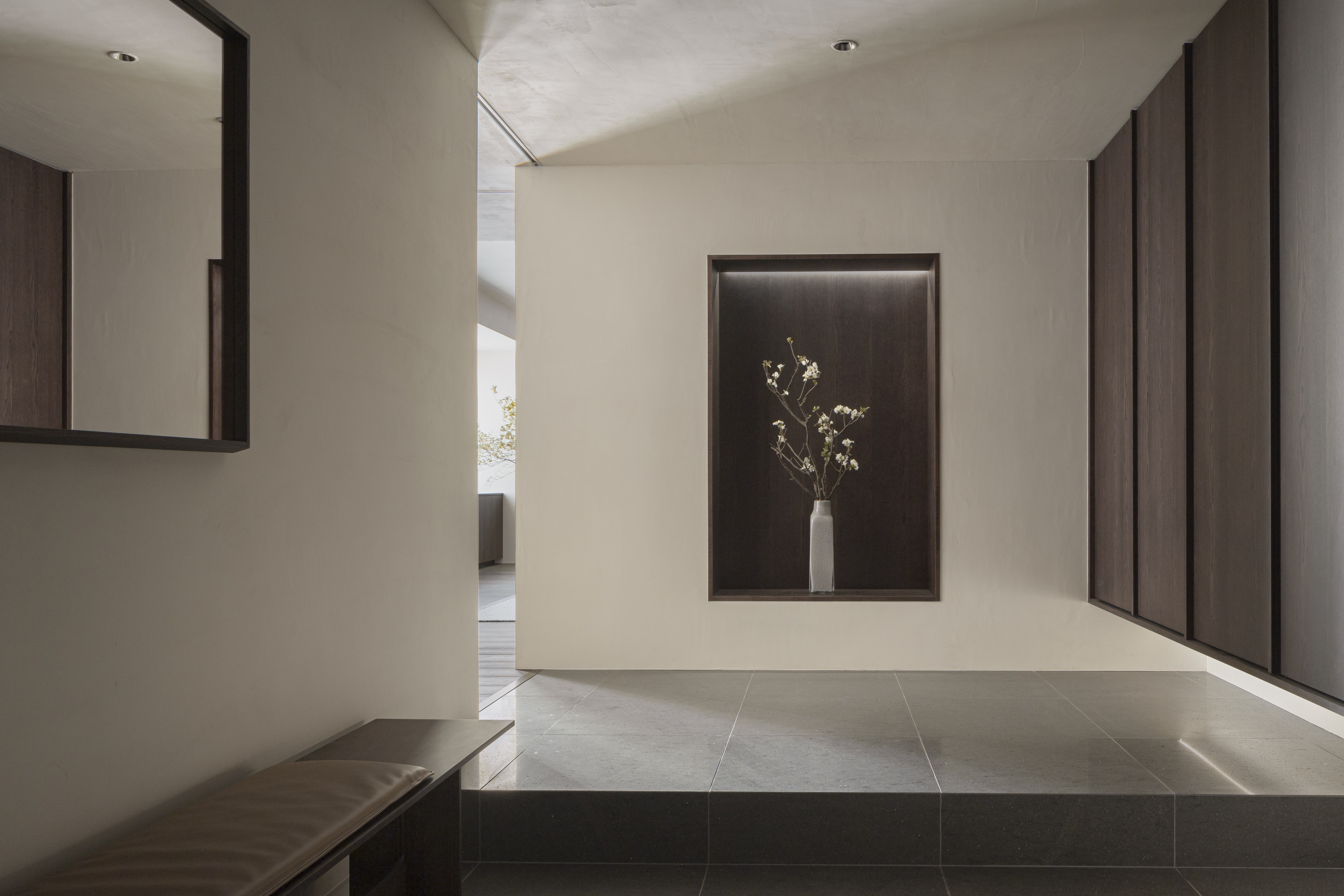 Japanese minimalism meets Scandinavian design in Karimoku Case Study
Japanese minimalism meets Scandinavian design in Karimoku Case StudyThe Azabu Residence by Keiji Ashizawa and Norm Architects’ Frederik Alexander Werner is part of the Karimoku Case Study project, and features a sombre material palette and restrained colour scheme for a peaceful family interior
By Rosa Bertoli
-
 Snøhetta designs experimental culinary space in Tokyo
Snøhetta designs experimental culinary space in TokyoSnøhetta co-founder Craig Dykers discusses the architecture of Burnside – a Tokyo event space for art and design outfit En One and the Bronx chef collective Ghetto Gastro
By Ellie Stathaki
-
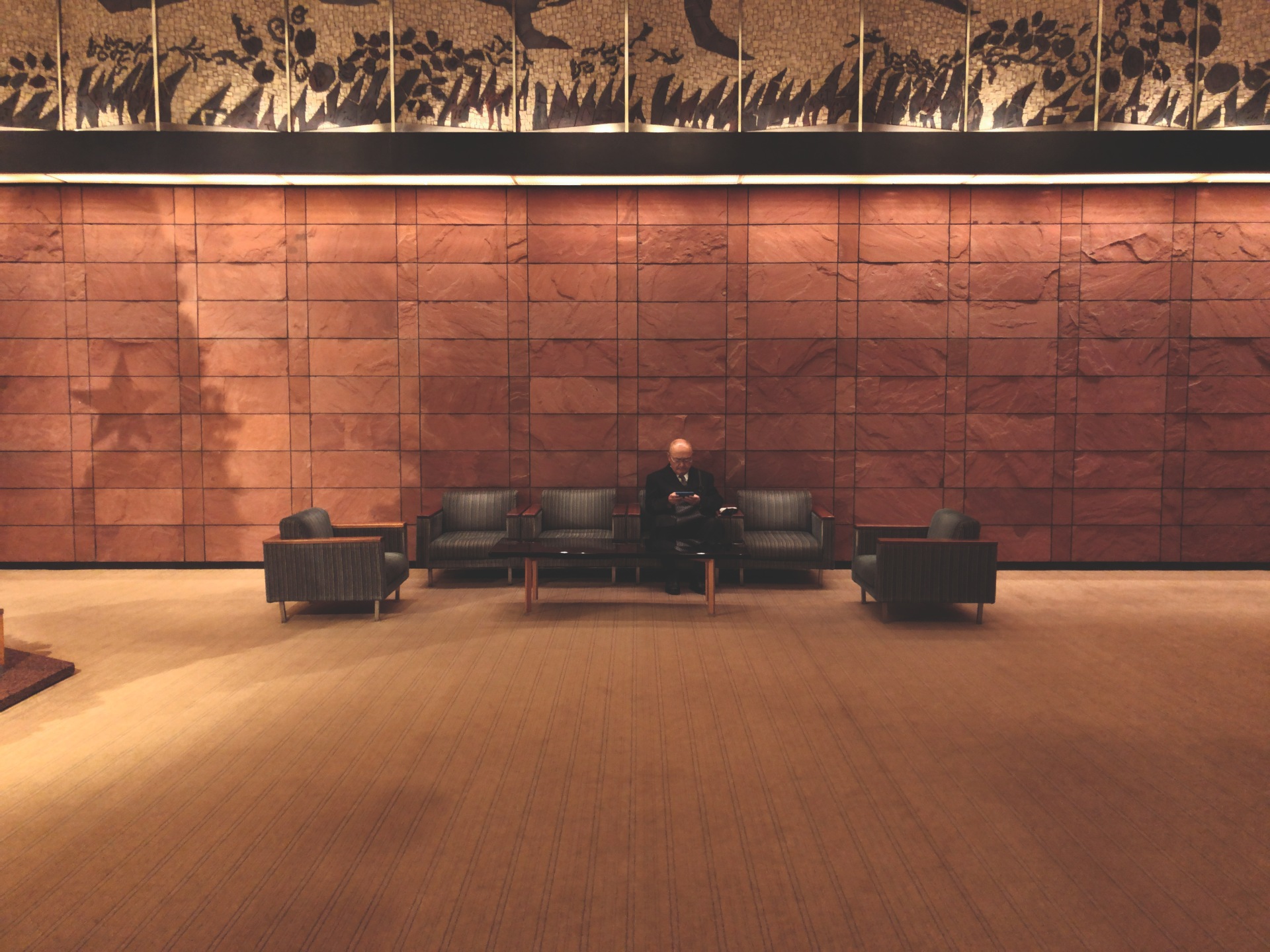 Japan as seen through the lens of Marcio Kogan
Japan as seen through the lens of Marcio KoganBrazilian architect Marcio Kogan recalls his Christmas tradition of traveling to Japan and how that inspired a new collection of seating for Minotti, referencing the original 1960s design of hotel Okura by Yoshiro Taniguchi
By Scott Mitchem